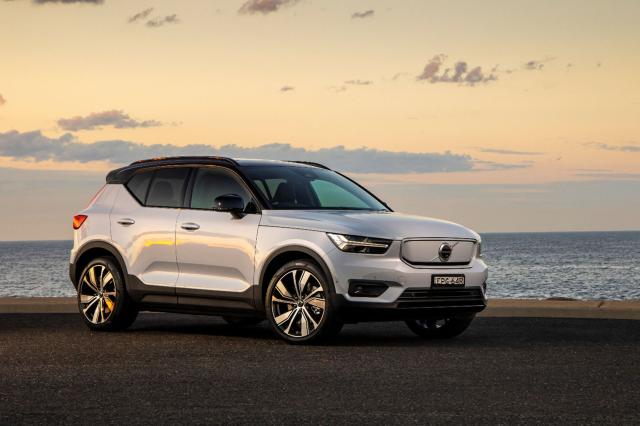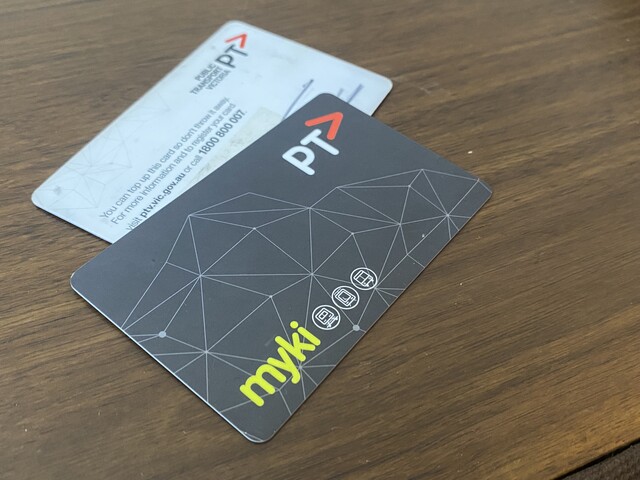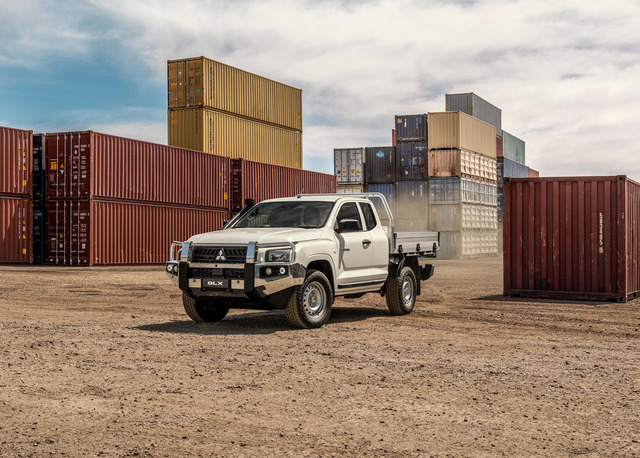Our road test car this week is a Volvo XC40 Recharge Twin, which was particularly interesting as our family car is a Volvo XC40 T4 Inscription that we have owned for three years. It will be fascinating to find out how the two compare both in performance and the latest in technology.
And decide if we hold onto our existing car or go the electric route.
STYLING
These days Volvo is one of world’s automotive style leaders and in my opinion the XC40 is the best shape from the company in many years. With a chunky, almost cheeky look it has an upright slightly-concave grille. In the Recharge the grille doesn’t need to take in air to cool the engine so is blanked off and has a very large Volvo badge in the centre.
Deeply sculpted lower sections of the doors and upward swept D-pillars with lights in them also add to the looks.
INTERIOR
The XC40 is a bit larger than others in its class at 4425mm long, 1863mm wide and 1652mm high.
Every cubic centimetre of the interior space is put to good use. It has seating for five, but four adults and a child makes more sense. There’s slightly less foot-space in the Recharge as the battery under the floor steals some of it.
The Scandinavian styling is simple almost to the point of being minimalistic in the dashboard area.
There’s excellent storage space in the door pockets as the Volvo designers avoided taking up space with audio speakers. There’s also out-of-sight stowage in drawers underneath the front seats. There’s even Volvo’s funny little rubbish holder that can be removed from the car when you get home and emptied out there.
The load area is slightly smaller than that on the petrol and diesel models because the boot floor is higher in the electric model. There’s also a small boot under the bonnet as there’s no engine there. The small front boot has been nicknamed the frunk – short for front-trunk. Many owners use the frunk to store the electrical charging cables.
POWERTRAINS
Our Volvo T4 Inscription has 140kW at 5000rpm. The Recharge Twin has more than double that, 300kW at just one rpm – that’s right, one rpm.
It has two electric motors, hence the Twin in the name. Each motor produces 150kW and 330Nm, one drives the front wheels, the other the rear. That’s 660 newton metres which is the sort of grunt developed by a big petrol V8 displacing seven litres.
Official energy consumption is 25.5kWh per 100km. We averaged just under 20kWh during our 355km test period. The official range is 418km as measured by the WLTP (Worldwide Harmonised Light Vehicle Test Procedure) and we looked to be getting close to that figure.
INFOTAINMENT
We certainly enjoyed the clarity of the Harman Kardon premium sound system, as the electric Volvo is very quiet inside it adds to the enjoyment.
The portrait shape of the infotainment 9-inch inch screen makes more sense than landscape ones because you can see much further ahead on the sat-nav map.
Volvo Cars’ driver infotainment system (Sensus) provides smartphone integration with Apple CarPlay and Android Auto.
SAFETY
The Swedish company’s approach to safety has never faltered over the many years it has focused on this vital feature. A host of features in the help avoid a crash, or minimise injuries if one does occur.
The 360-degree camera system in our test car provided an overhead view of the Volvo and its surrounds – it’s almost as though a small drone with a camera is hovering over you. Great fun!
DRIVING
Volvo’s Clean Zone two-zone climate system removes harmful pollutants and particles from outside the cabin to deliver what Volvo calls, “Scandinavian-fresh air on the inside”. It certainly is a pleasant place to be
The front seats are large and comfortable. In the rear I can sit ‘behind myself’ (I’m 180cm tall) with leg room to spare.
You don’t need to start the Volvo. Simply put your foot on the brake and select Drive or Reverse with a conventional ‘gear lever’ and the electric motor is ready to go. Somewhat oddly there’s still space for a Start/Stop button, but it has been blanked off.
It can be driven as a one-pedal due to energy regeneration when slowing down. This can be a bit aggressive at first but we soon adapted to this and it became a personal challenge to avoid using the brakes at all.
This is another clean feature as there’s no brake dust being created.
People may ask why you need a family SUV that goes from zero to 100km/h in under five seconds. But the acceleration means you spend less time on the wrong side of the road when overtaking.
And it’s really good fun to beat someone off the traffic lights who is in a big V8 with a lumpy idle who thinks he can whop you in a drag race. Childish? Yes, but what’s wrong with that!
Handling is very good, with steering that almost seems to read your mind. The Recharge Twin has a lot more weight due to the heavy batteries – it weighs in at 2158kg, compared to our XC40 Inscription’s 1657kg. But it handles well as a fair bit of the weight is low down due to the heavy battery.
Some road surfaces created more tyre noise than we anticipated. In particular the concrete surfaces on the motorway between the Gold Coast and Brisbane were louder that in our own Volvo XC40 turbo-petrol. Possibly due to the low rolling resistance tyres.
SUMMING UP
Electric power is the way of the future and Volvo is very Swedish in wanting to minimise global warming. Though the Recharge Twin is based on a vehicle using an internal combustion engine the conversion to make it an EV works well.
Will we replace our turbo-petrol Volvo XC40 with an electric one? No, because we do a lot of long-distance holiday trips and charging would be slow in most places. We will wait until the 800 km battery and five-minute fast chargers arrive and buy one, if the price is right.










